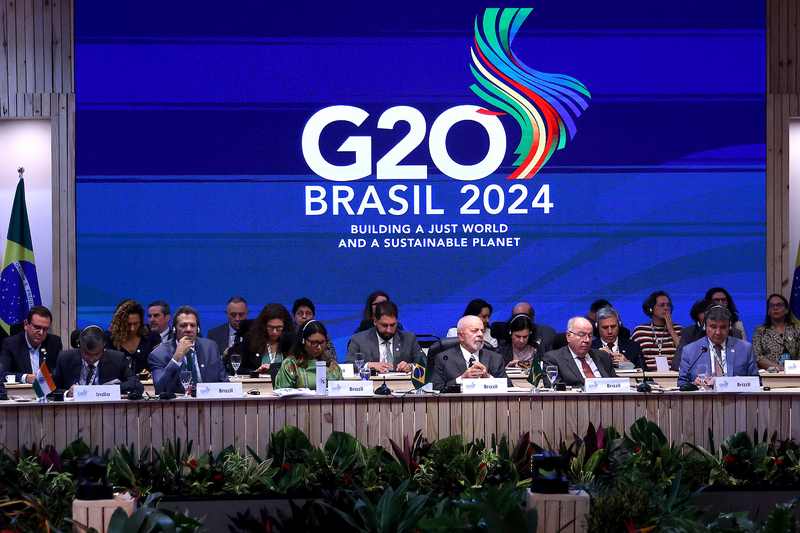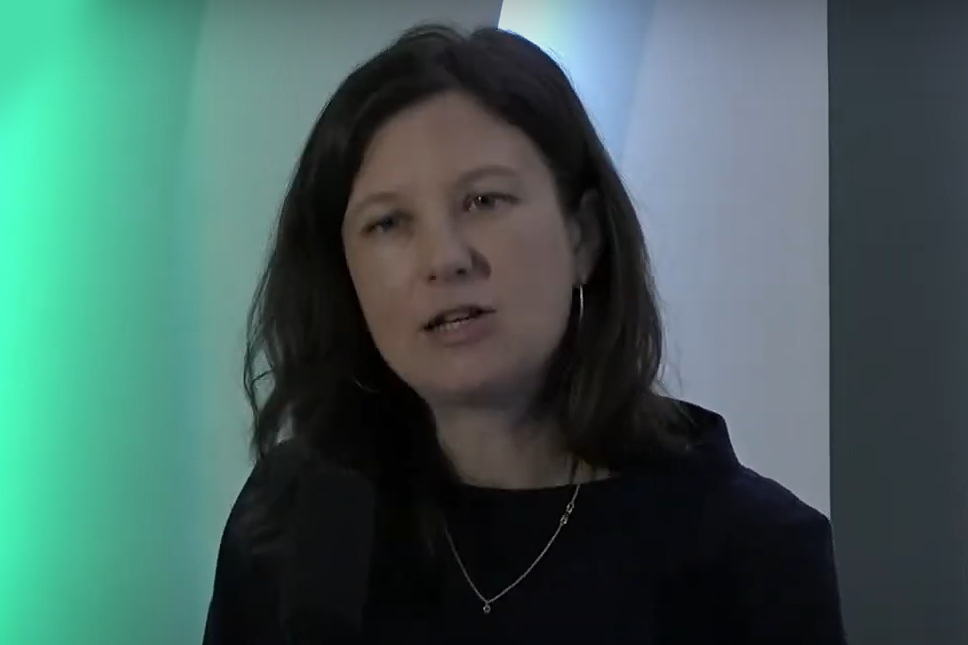Speakers came together at City & Financial Global’s Third Annual Natural Capital Summit to consider the key issues for corporates and financial institutions as they prepare to identify, manage and report on nature-related risks and opportunities, and discuss the regulatory future of this type of reporting.
The event was timely as the Taskforce on Nature-related Financial Disclosures (TNFD) has now published its final recommendations for nature-related risk management and disclosure. It is also the anniversary of the agreement of the Kunming-Montreal Global Biodiversity Framework (GBF).
Baroness Penn, UK Parliamentary Secretary to the Treasury and Co-Chair of the Transition Plan Taskforce, said “the business community are engaging and understanding the issues and leading where governments are then seeking to follow”.
She welcomed the launch of TNFD and said that “the UK is at the heart of driving forward TNFD”. The UK is working with G7 leaders, hosting the TNFD headquarters at the Green Institute, and holding pilots to ensure the framework works across different countries.
“There are huge opportunities for the UK’s financial and professional services industry in this nature-positive transition.”
Baroness Penn, Parliamentary Secretary to the UK Treasury
Acknowledging the work of the TNFD and GBF, she said: “The focus for today is now that we have targets and tools in place, our focus must shift to action and implementation. Importance in value of nature cannot be captured by statistics and data alone but also we know how important it is to be able to measure something if we want to understand it, protect it and grow it.”
Economics of biodiversity
The Treasury commissioned a review of the Economics of Biodiversity by Sir Partha Dasgupta. The report made a number of key findings including:
- integrating biodiversity considerations into economic decision-making;
- reforming subsidies that harm biodiversity;
- investing in biodiversity conservation.
Baroness Penn said the report, “powerfully demonstrated the way in which data and biodiversity sustains our economics and livelihoods and wellbeing.” The report also calls on the government to improve its measurement of the value of natural capital and incorporate the information better into its decision making.
Opportunities for UK financial services
The Office for National Statistics recently estimated UK’s natural capital as £1.8 trillion ($2.2 trillion). These natural capital assets generate billions of pounds in valuable ecosystem services from capturing carbon and air pollutants from the atmosphere to enabling agriculture, tourism and recreation.
Baroness Penn urged firms to invest in the flagship natural capital ecosystems assessment program to collect data on the state of the UK’s ecosystems and natural capital. The program is filling a critical evidence gap to support better understanding of how to manage natural assets.
“There are huge opportunities for the UK’s financial and professional services industry in this nature-positive transition from venture capital supporting nature tech solutions to banks funding nature-based solutions for flood risk management”, said Baroness Penn.
“If it’s more complicated and more difficult then it’s all the more reason to get going and start so you can learn as you go along”.
Sarah Breeden, Deputy Governor for Financial Stability, Bank of England
She also encouraged all UK businesses and financial institutions across sectors to engage with the TNFD’s nature risk assessment framework and consider getting involved in the work of the UK’s TNFD national consultation group. She said: “Identifying, assessing and acting on financial material nature risks is not only in the financial self interest of institutions but also represents untapped financial opportunities in the form of new markets and new products that have yet to be harnessed to their full potential.”
Baroness Penn said she looked forward to the TNFD broadening international sustainability reporting so that global capital allocations can be aligned with environmental goals at an international and a domestic level. “Companies and investors must have access to the right tools to be able to assess and act on sustainability disclosures or develop new products and services”, she said.
Her final comment was to quote Sarah Breeden, the Bank of England’s Deputy Governor for Financial Stability – “If it’s more complicated and more difficult then it’s all the more reason to get going and start so you can learn as you go along.”
GRIP Explainer: Kunming-Montreal Global Biodiversity Framework
The Kunming-Montreal Global Biodiversity Framework (GBF) is designed to safeguard and sustainably use biodiversity while protecting millions of species and billions of people. The framework consists of four goals for the year 2050, and a 2030 mission supported by 23 global targets for immediate action during this decade. The agreement was adopted at COP 15 and signed by 188 countries in November 2022.
Most financial flows contribute to nature degradation. To fulfil the GBF, the financial sector must transform the way it operates. Of particular interest to financial institutionss are targets 14 and 15.
Target 14: Integrate biodiversity values in financial and economic decisions, particularly fiscal and financial flows with the goals and targets of the framework. This includes considering the impacts of biodiversity loss on business activities and the financial risks associated with biodiversity decline.
Target 15: Encourage and enable business to reduce negative impacts on biodiversity, particularly to ensure that large and transnational companies and financial institutions:
- regularly monitor, assess, and transparently disclose their risks, dependencies and impacts on biodiversity along their operations, supply and value chains, and portfolios;
- provide information needed to consumers to promote sustainable consumption patterns;
- report on compliance with access and benefit-sharing regulations and measures, as applicable.
Key implications for financial institutions
Assess and disclose biodiversity risks and dependencies: FIs should identify and assess their exposure to biodiversity risks, both in their own operations in their lending, and investment portfolios. They should also disclose this information to stakeholders in a transparent manner.
Develop and implement biodiversity-positive strategies: FIs should develop and implement strategies to reduce their negative impacts on biodiversity and promote positive outcomes. This could include investing in sustainable projects, developing biodiversity-friendly lending and investment products, and engaging with clients and investees on biodiversity issues.
Support biodiversity conservation efforts: FIs can play a role in supporting biodiversity conservation by providing funding and expertise to conservation organizations and initiatives.

















